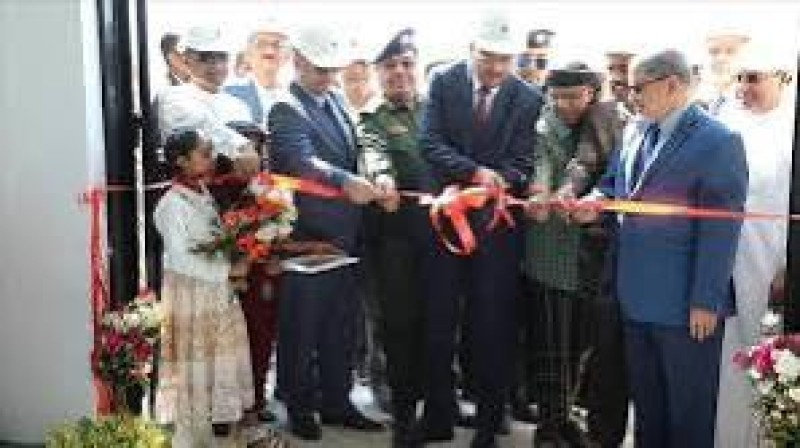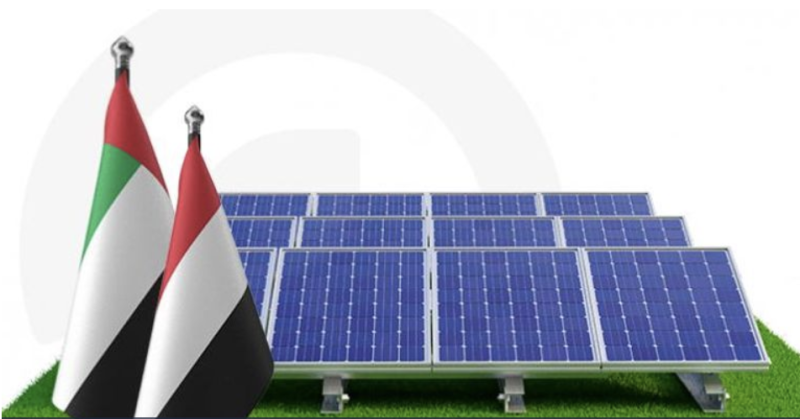Yemeni Development Network for NGOs (YDN) Monthly Bulletin, March and April 2021


Ongoing for months, the Battle of Marib has left tens of Yemenis dead and thousands displaced. The city was the temporary home of millions of refugees who fled from northern Yemen following clashes between the Houthi militia and the internationally recognised government.
During the years of the Yemen War which erupted with the intervention of the Saudi-led Arab Coalition to support said government in March 2015, the region and city of Marib was the most secure area in Yemen. Refugees who escaped the horrors in the north – now controlled by the Houthis – found safety there.
However, in late February, hundreds of Houthis headed to gas-and oil-rich region. Marib and Taiz are the last two strongholds of the legitimate government in the north.
Joining the ranks of the Houthis in the Battle of Marib are officers from the Yemeni armed forces with tribal and religious links to the militia.
On the other side stand the forces of the Yemeni government, led by President Abd Rabbu Mansour Hadi, and fighters from the Yemeni Congregation for Reform, known as Al-Islah Party, which is the political front of the Muslim Brotherhood in Yemen.
The Yemeni government also enjoys the support of the air forces of the Arab Coalition. Many circles criticise the legitimate government for its fragility and weakness. According to Naguib Seddik, former chairman of the Press Syndicate in Aden, if it were not for the Saudi air force, the Houthis would have taken hold of Marib.
“If the Houthis control Marib, Hadi’s government will be defeated and the militia will be tempted to take the battle to Taiz,” said Mohamed Al-Mikhlafi, former minister of legal affairs in the transitional government formed following the overthrow of late president Ali Abdullah Saleh.
Indeed, the Houthis have been attempting to start a war in the city of Taiz which they have been blockading for years.
It is not surprising that the Houthis – Zaydi Shias – have not controlled Marib and Taiz, which are almost entirely Sunni strongholds. However, they took control of Sirwah, northeast of Marib, and Harib, one of the most prominent cities in Marib governorate, and they have “encircled the city”, sources who preferred to remain anonymous told Al-Ahram Weekly.
The militia fighters have recently been using motorcycles, instead of four-wheel drive vehicles, the cars of choice for desert fighters since the flare-up of conflicts in Libya and Chad in the 1980s.
A number of Yemeni military personnel attributed the tactical shift to powerful air strikes conducted by the Arab Coalition.
Nonetheless, supporters of the Hadi government are hopeful the Houthis will be defeated in Marib just like they were in 2015-16 when the militia attempted to take hold of the oil-rich region to tip the scale in its favour but was beaten by the southern government forces and the Arab Coalition troops present on the ground.
At that time, government forces loyal to the Saleh regime were fighting alongside the Houthis. They didn’t succeed in taking control of Marib, however.
Today presents a different picture. Saleh’s supporters are part of the Houthi side following the murder of their president as a result of clashes in the capital Sanaa, and the coalition forces are not operating on the ground but making do with air strikes.
Moreover, government forces are weaker now following the split that occurred in their ranks after Hadi’s forces clashed with the fighters of the transitional council that is demanding secession and a return to the south as an independent state as was the case before the unification of Yemen in 1991.
Adding to the fragility of the government’s position is that for two decades Marib has been a stronghold of Al-Qaeda in the Arabian Peninsula, one of the most active branches of the terrorist organisation. In addition, Marib has also been home to Salafi jihadists loyal to the Islamic State.
The Iran-backed Houthis are exploiting the situation, saying the Arab Coalition is fighting alongside terrorists – despite Saudi Arabia’s years-long efforts in the war against terrorism.
The Houthis’ access to Marib will be a deafening political and military blow to the Muslim Brotherhood and their Salafi allies. It will also be a defeat to the legitimate government and will lay the groundwork for the divide between the north and south of Yemen.
“The militia prefers to rule the north, where there is a relative majority Zaydi over the Shafei Sunni. If they rule the south as well, they will lose balance,” said Seddik, who resides in Aden, the temporary capital of the legitimate government.
The numbers of Zaydis and Sunnis are almost similar, with the Shias being slightly more in Yemen.
“What the Houthis really want is to take over the oil of Marib to gain a real source of income,” Seddik added.
At present, a large portion of the Yemeni people support the divide of the country. The southerners now live in a semi-independent state that only lacks the regional and international conditions to be recognised as the Southern Yemen Republic.
The southerners are building their demands for secession on the social and cultural differences between them and the northerners, in addition to the proliferation of Sunni Sufism which is rejected by the Muslim Brotherhood, the largest representative of the northern Sunnis, and not welcomed by the Zaydis.
Another reason the Houthis are eyeing the north is that that region is more conservative and is socially and culturally controlled by the Zaydis.
However, the Houthis will not say no to ruling a unified Yemen if they have to, although they would want the south to be able to defend them instead of bearing the burden of a unified Yemen on their own.

Aden — Ports under the authority of Yemen’s internationally recognized government have received more than two million metric tons of fu…

Mukalla — Local authorities in Hadramout have announced the inauguration of Yemen’s first solar-powered cement station, a landmark proj…

AbuDhabi -- The United Arab Emirates has pledged $1 billion to bolster Yemen’s electricity sector, marking one of the largest development com…